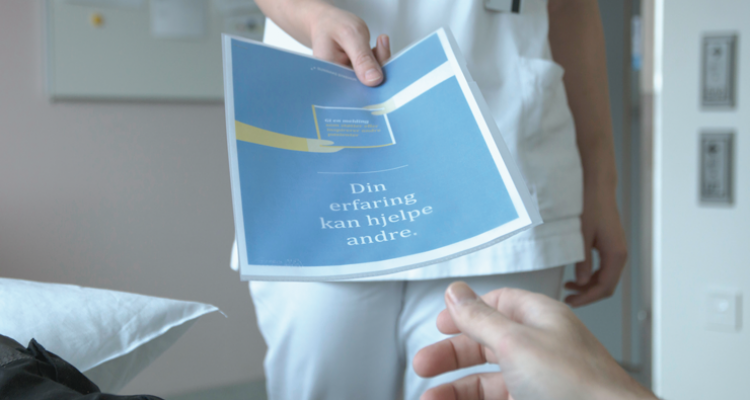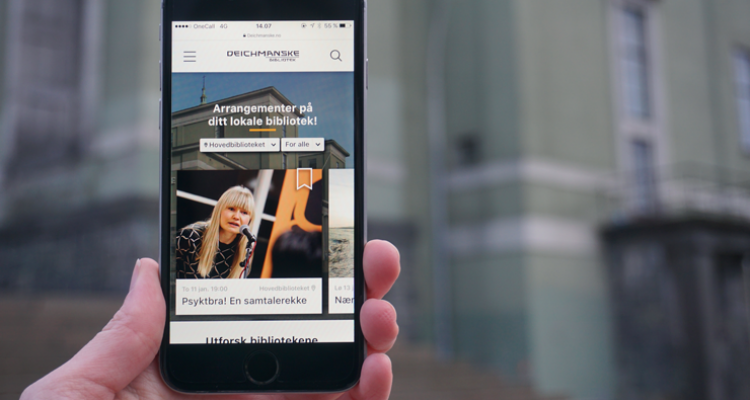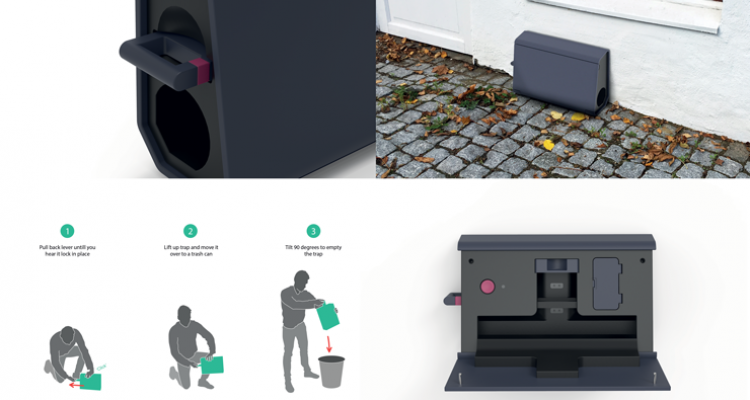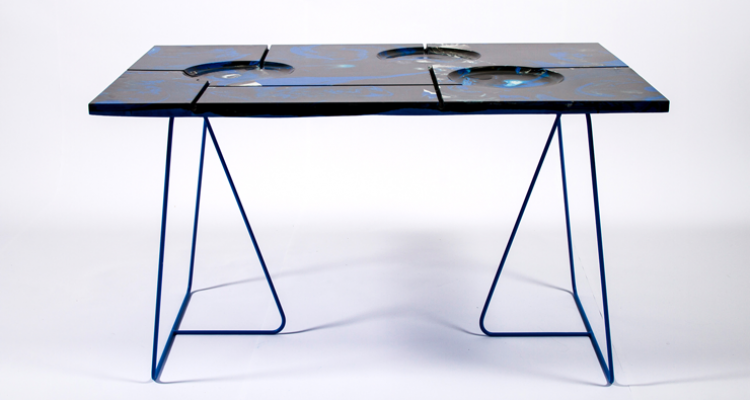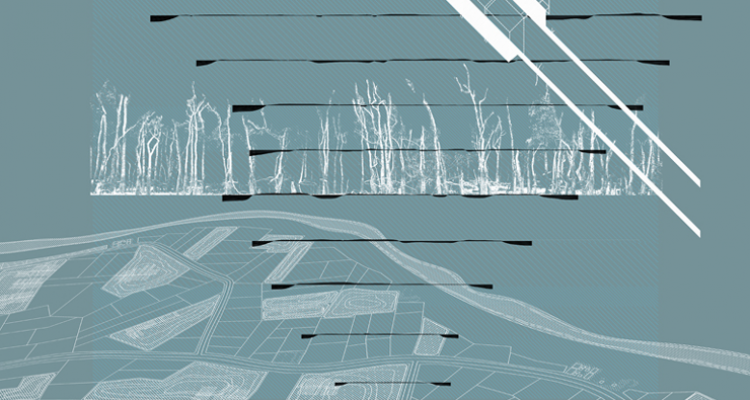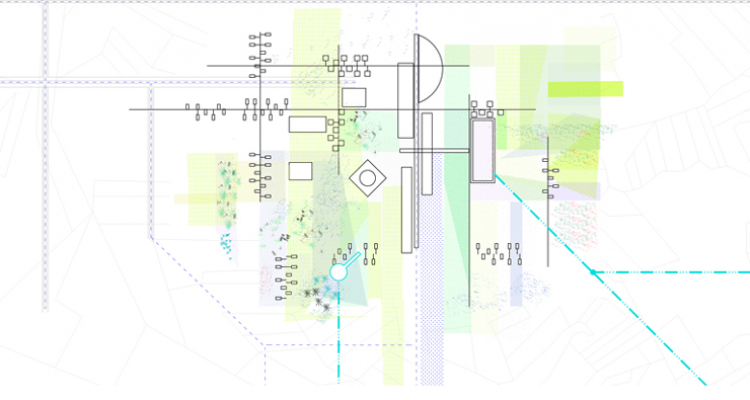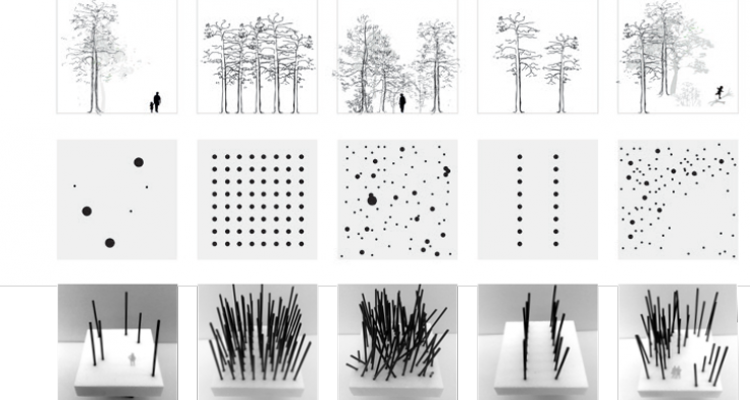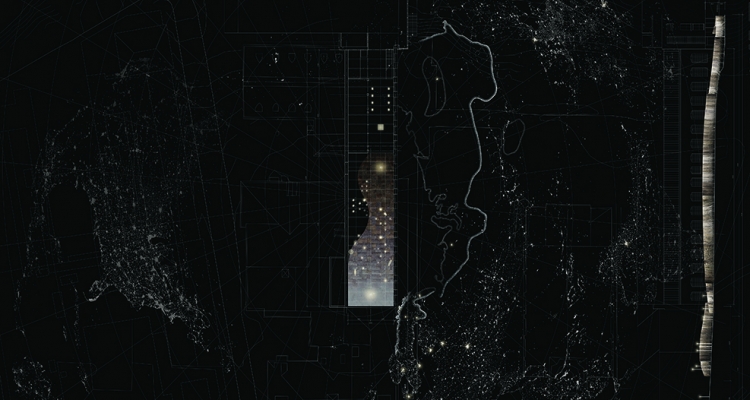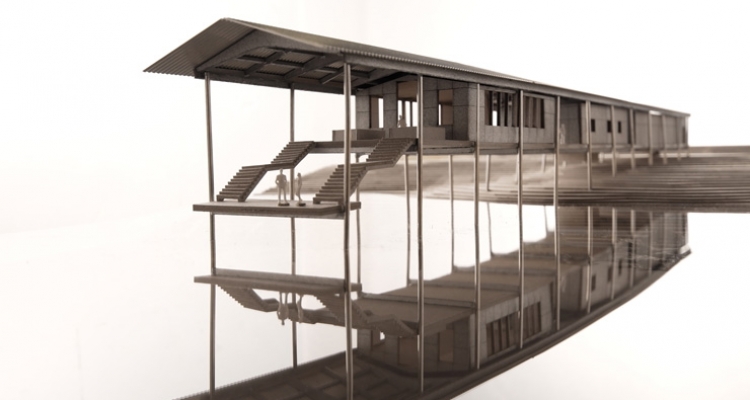Each of them acts as a driver to enable the service to move from current to new practices. At the same time, each aims to generate ripple effects extending into the future to make the service more supportive towards SCI patients.
Diplomprosjekt
Each of them acts as a driver to enable the service to move from current to new practices. At the same time, each aims to generate ripple effects extending into the future to make the service more supportive towards SCI patients.
Kolli er laget med driftsikkerhet i fokus, hvor komponentene er tilpasset variert bruk.
This is an explorative project which aims to initiate debate about Norwegian oil exploration and production in Northern Norway through the use of discursive objects. The target group is young men.
The final proposal is a table for discussion placed in bars. The table will function as catalyst for dialog about climate change and Arctic oil exploration. The future is not something that just happens to us, like we were castaways washed upon a foreign shore. We are the future, and to be able to create the future we want together, we need to discuss it.
How can we perceive cultural landscapes? Reindeer represents ‘landscape’, and this project spreads facts about reindeer through images, words, and a space.
Reindeer in the North are herded by minority groups.
The reindeer in the South is known as Rudolph by many.
The minority is always conquered by the majority.
Seaweed is one of the most unexploited natural resources on the planet. Norway has a large and rich occurrence of this re-growing resource and it can be turned into an important source of income for costal communities.
The location and the topography around these communities vary, but a common challenge is the difference in the tide. The scheme is therefore based on the production line and the idea of the building as a bridge between the ocean and the infrastructure on land.
